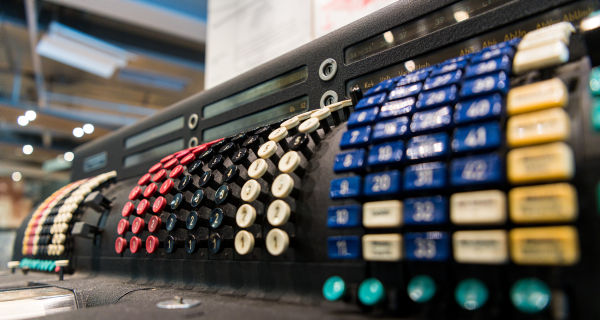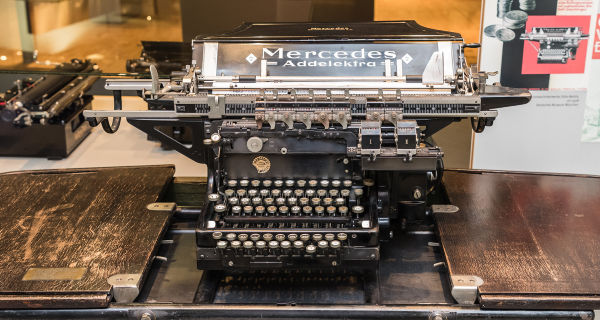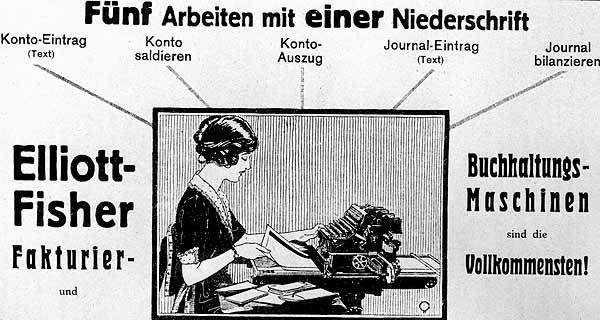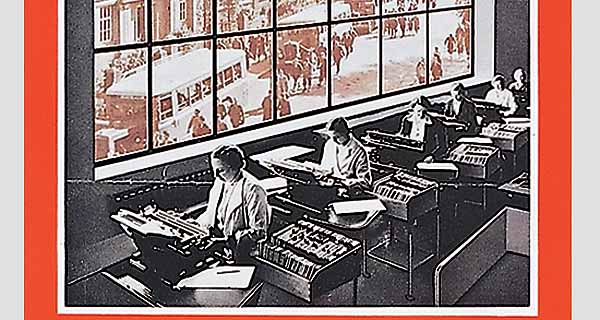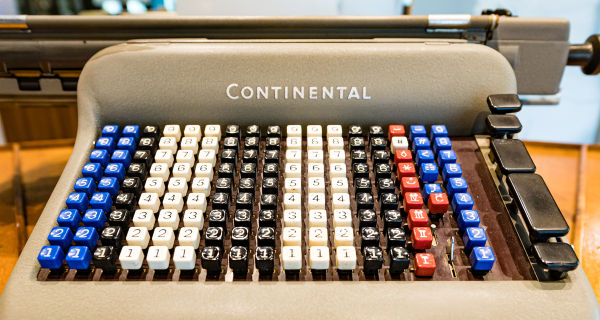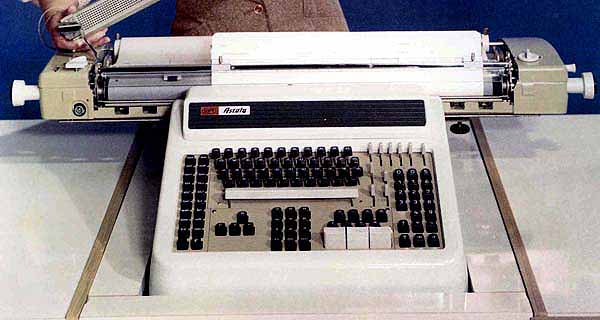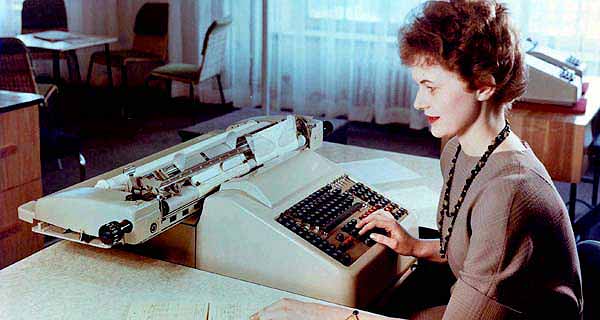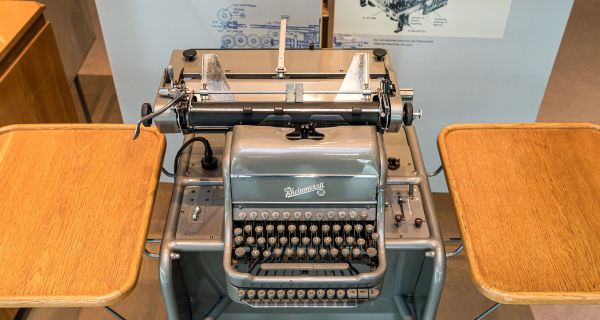Mechanical office machines reached their technical peak with accounting and billing machines. These masterpieces of precision mechanics were first built around 1900, and were replaced by electronic computers in the 1970s. They combine the capabilities of arithmetic and writing, and can be regarded as early data processing machines. The exhibition gives an overview of the most important machines.
Inflation gives an impetus
In the course of industrialization, accounting departments were confronted with ever larger amounts of data that made it essential to rationalize processing with the aid of machines. In Germany, the inflation of 1923 was a major impetus for using accounting machines, especially in medium-sized companies. The first machines were developed towards the end of the 19th century in the USA. German office machine manufacturers became active in this sector in the 1920s. Companies from Saxony and Thuringia were particularly successful (Mercedes, Astra, Wanderer, Rheinmetall and others).
Typewriters and calculating machines as technical bases
Most accounting machines were actually based on typewriters or calculating machines. There were hardly any accounting machines which had been designed as such from the very start. This is why they were nearly always made by manufacturers of typewriters or calculating machines. In the case of Anker and NCR, however, cash registers were the starting point for the development of accounting machines that were used in banking and public administration.
In contrast to accounting machines, billing machines could also multiply and were used to write invoices. The price of accounting and billing machines was very high compared with today. A relatively small machine was almost as expensive as a car, which is why they were generally not used in smaller companies until after World War II. Their introduction led to major organizational and social changes in accounting departments. It was mostly women who worked on the accounting machines. The work was monotonous and noisy, and required a high level of concentration. Accounting machines thus helped pave the way for women to work in offices, but the higher positions were still dominated by men.
